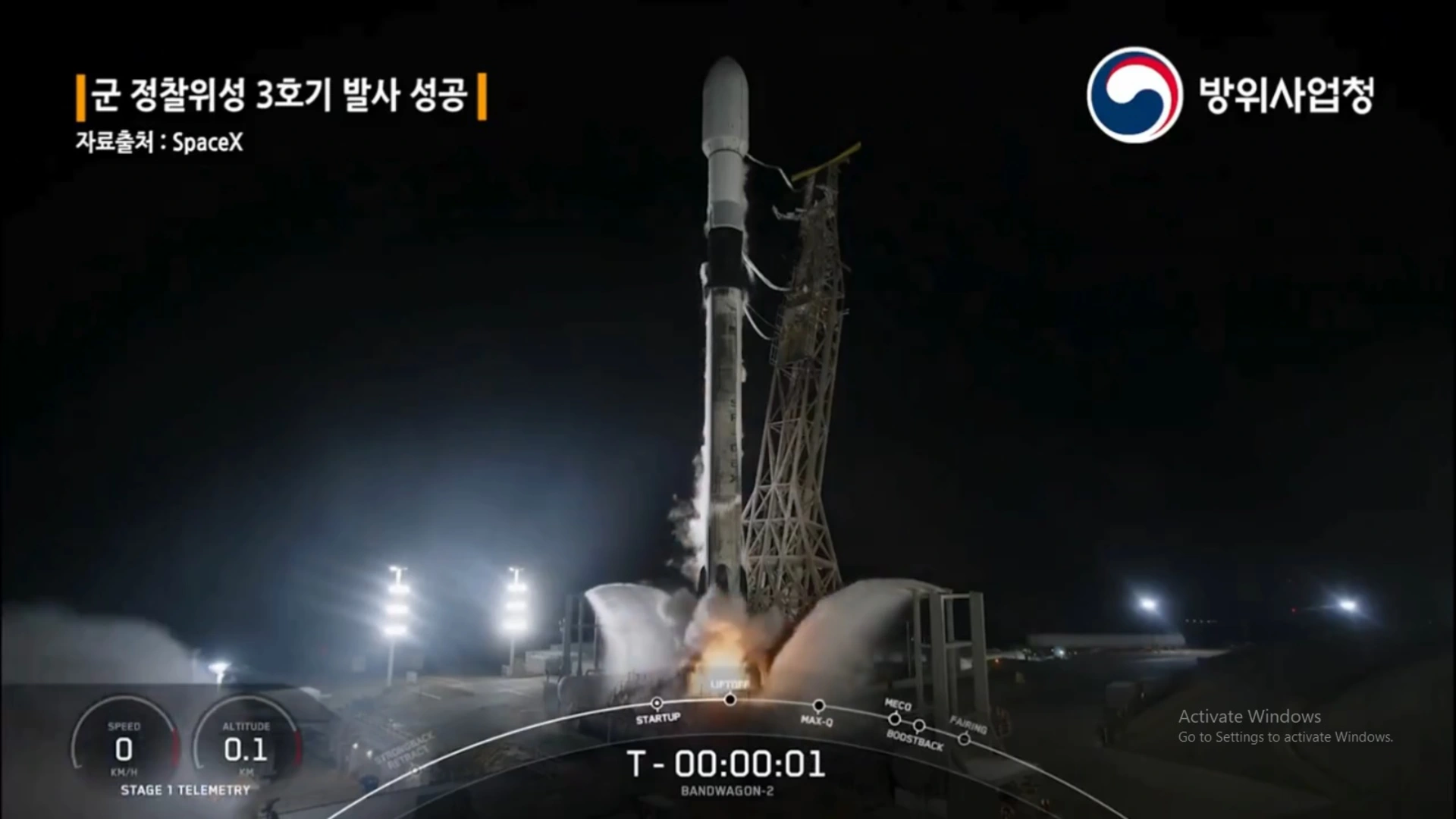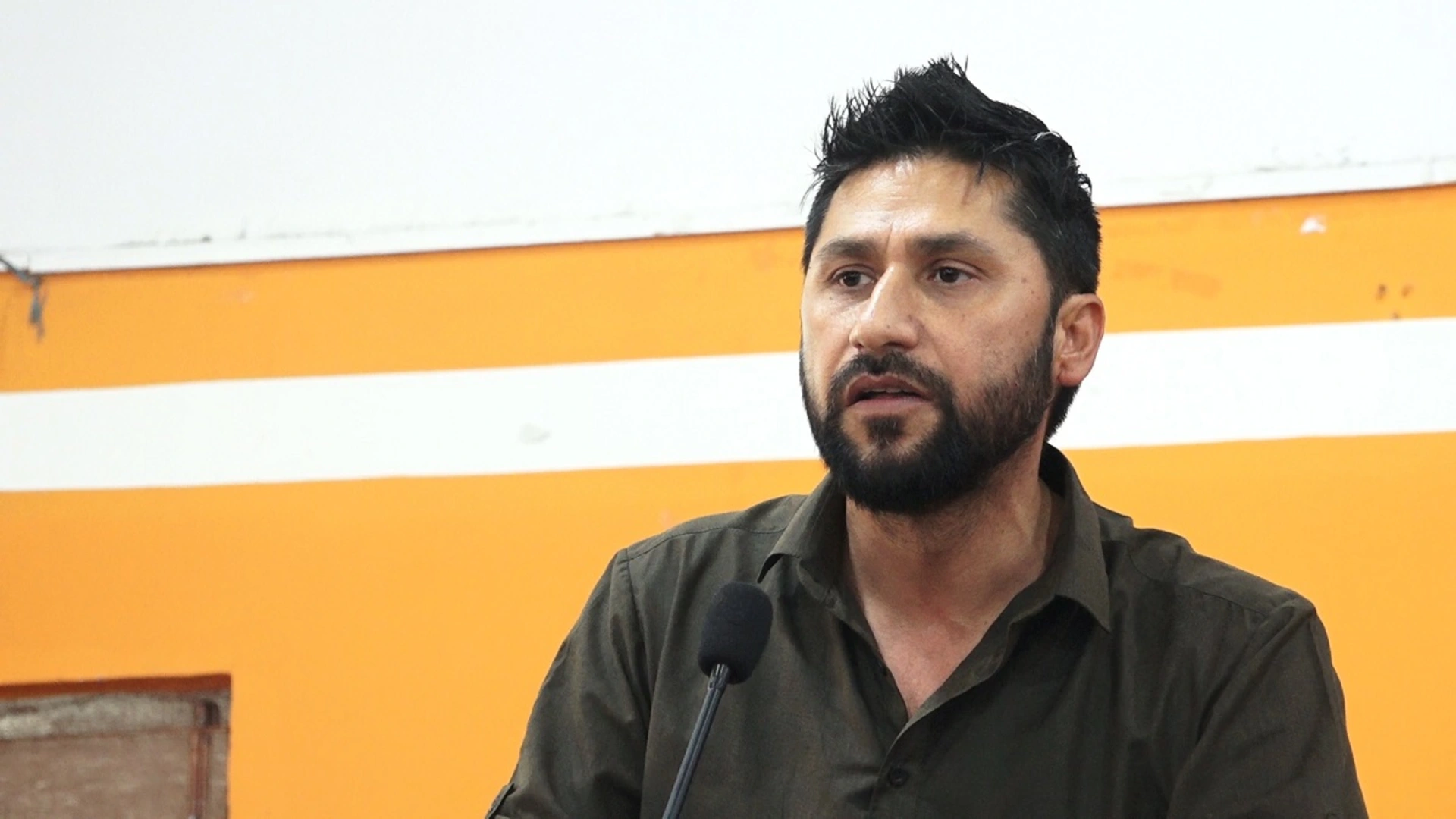Artificial Intelligence (AI) has emerged as a transformational force in public health surveillance and disease detection in an era where the speed and accuracy of detecting emerging dangers can determine the health of entire communities. AI’s incorporation into healthcare systems represents a fundamental change in how we predict, track, and address public health issues; in other words, it is more than just a technical advancement. AI has the inherent capability to revolutionise the entire healthcare sector, if it is employed effectively.
By using cutting-edge algorithms to examine intricate data patterns that conventional approaches overlook, artificial intelligence has completely changed the way diseases are detected. AI can quickly and accurately recognize early indicators of diseases from medical records, imaging, and even genetic data by integrating machine learning and big data.
Optimal resource allocation via data analysis and real-time monitoring
Beyond only detection, AI’s capacity for data analysis and interpretation is critical to resource allocation optimization. Artificial Intelligence assists in allocating resources – such as medical personnel, equipment, and medications – where they are most needed by detecting high-risk regions, demographics, and particular health issues. This results in better patient outcomes and enhanced healthcare delivery in addition to ensuring a more economical use of the scarce resources in the medical field. This capacity is crucial for making sure that the appropriate resources are allocated to the appropriate locations at the appropriate times during emergencies, such as pandemics or natural disasters.
While data collection and analysis delays plague traditional public health surveillance methods, AI-powered technology provides a solution by using real-time monitoring health indicators. Continuous monitoring enables quicker reactions to new health risks and more efficient handling of public health emergencies. Real-time monitoring and action on health data improves public health systems’ overall ability to stop and slow the spread of disease, strengthening their ability to withstand new challenges.
Tailored interventions and uniform screening procedures to boost assessments
By using AI’s analytical skills to stratify populations according to health issues, more individualised and focused healthcare interventions are possible. AI makes it easier to create individualised healthcare plans that cater to unique requirements by identifying people and communities that are more likely to contract various diseases. This tailored strategy ensures that treatments and preventive actions are concentrated where they may have the biggest impact, which not only slows the progression of diseases but also improves overall health outcomes.
Additionally, the accuracy and speed of health assessments have been completely transformed by AI-driven screening procedures. Artificial Intelligence (AI) lessens the manual labour of healthcare practitioners by automating the examination of health data. This streamlines processes and ensures standardised and uniform screening procedures. Early diagnosis of conditions and prompt interventions are made possible by the faster and more accurate health evaluations made possible by this automation. As a result, the healthcare system is better equipped to react quickly and efficiently to the requirements of the targeted population.
Pattern recognition and focused interventions improve healthcare accessibility
Another AI-powered innovation in public health is its capacity to identify trends and abnormalities in medical data. Artificial Intelligence has the ability to recognise patterns in disease, trends in epidemiology, and new health hazards that conventional approaches could miss. The capacity to recognise patterns is essential for creating preventive healthcare plans and putting early intervention tactics into action. Public health systems can prevent future health crises, lessen the strain on healthcare resources, and enhance patient outcomes by identifying and addressing these tendencies.
Lastly, AI offers a comprehensive view on the dynamics of population health, enabling all-encompassing population health management plans. AI aids in the creation of disease prevention initiatives and focused interventions for at-risk populations by delineating the general health trends within a population. In addition to improving overall health outcomes, this emphasis on population health is essential in lowering healthcare disparities and guaranteeing that all societal groups have access to the treatments and services they require.
Thus, it would be fair to conclude that artificial intelligence is changing not only disease detection and monitoring in public health, but also the fundamental principles of public health systems. We can build a more proactive, effective, and responsive healthcare system that is better suited to safeguard public health in a world that is becoming more interconnected and complicated by utilising AI.
The author is the Co-founder of Fedo.






